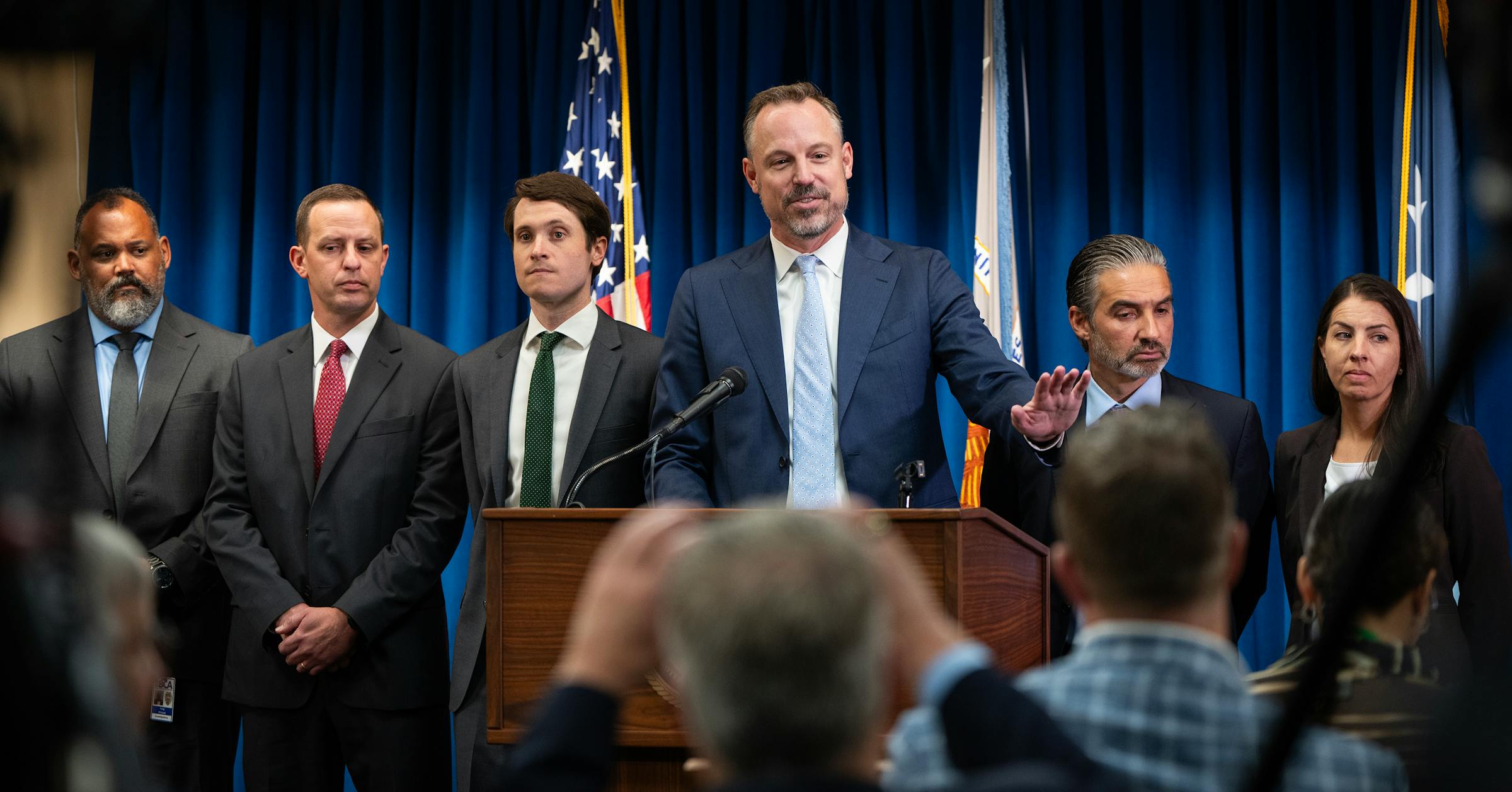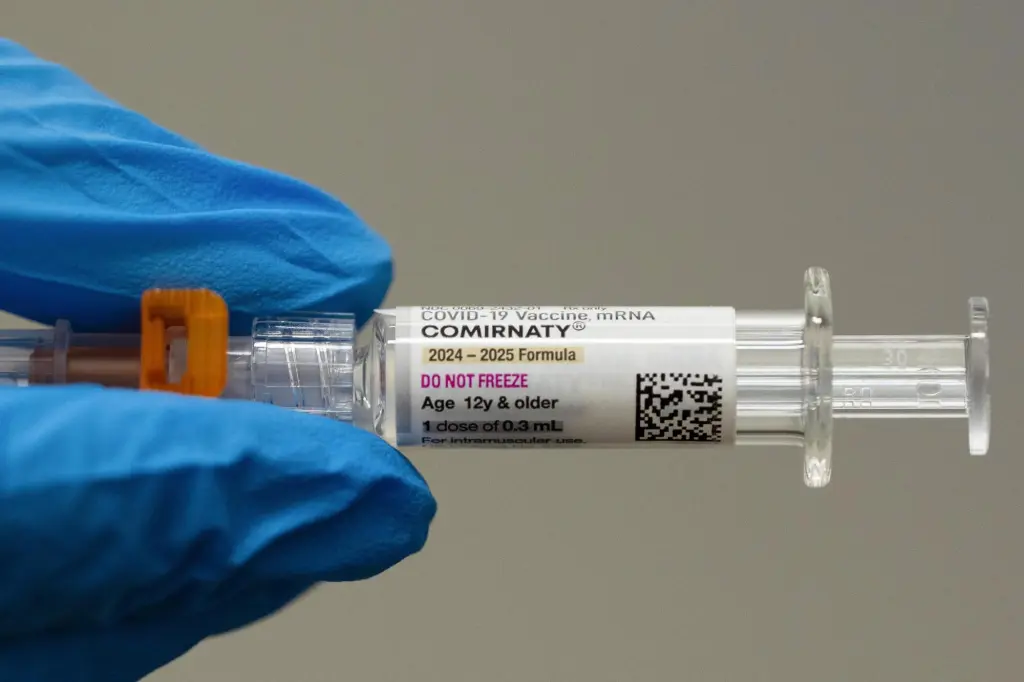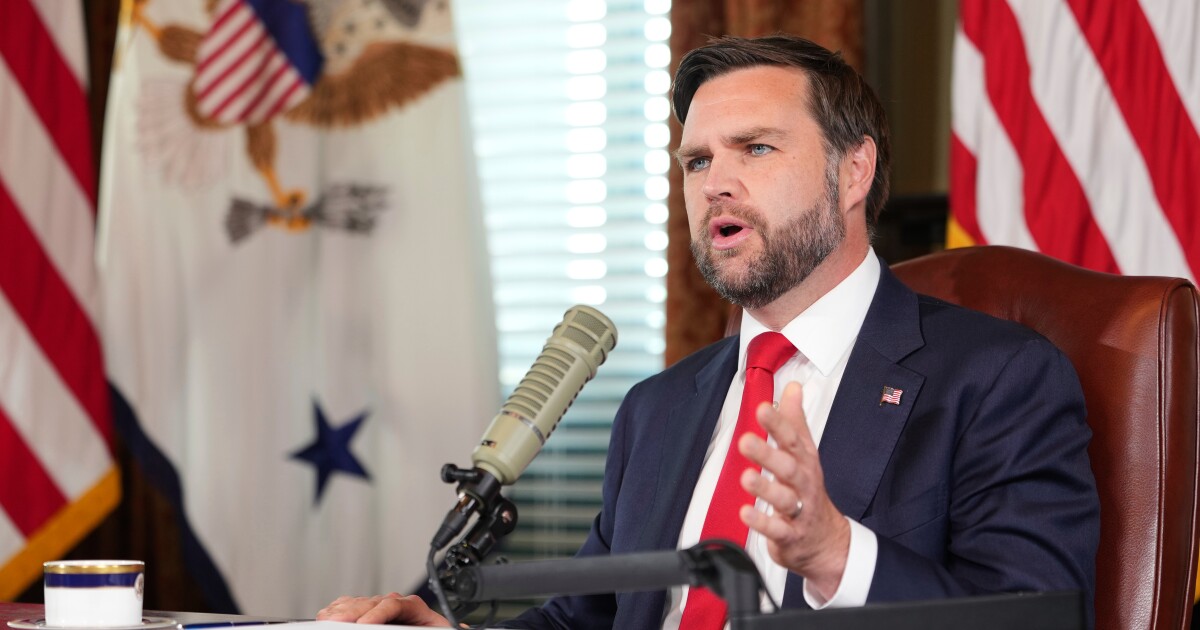
Thank you, former Gov. Arne Carlson, for pointing out the failure of both governors and both parties since 2011 to act on repeated warnings from the legislative auditor that state agencies “lacked a comprehensive internal control structure” (“State needs leaders who act on existing warning signs,” Strib Voices, Sept. 18). As he stated, “with no one protecting the public’s money, fraud was inevitable.” The way the parties and governor approached preventing fraud as reported in the media, it seemed as though financial oversight was a novel idea that had never before occurred to anyone at the State Capitol. I have a mental image of the state agencies mailing out checks and then staff snoozing with their feet up on desks, waiting for the FBI to inform them of fraud investigations.
One of the primary functions of bureaucracies has always been to insulate decisionmakers from the consequences of their decisions. I absolutely concur with Carlson that another layer of bureaucracy is not the way to address fraud. How about our elected officials and representatives accept some responsibility and build protecting the public’s money into the administration of public programs?
While I cannot disagree with Carlson’s basic premise, the fact of the matter is there are reasons why fraud goes unresolved at the state level. There is very little publicity given to legislative committee reports. They might wind up on page six of the Star Tribune and be quickly forgotten about. That is why we need inspectors general whose only job is look after the implementation of legislative actions and the public purse.
Minnesota continues to have financial fraud happening and little is done about it. Legislators are more focused on their re-election — but an inspector general could harp in the public until something is done.
I believe Gov. Tim Walz wants to run again to finish the work his administration has started. I really believe he feels that way. The problem is his administration has already allowed almost $1 billion of taxpayer funds to be fraudulently taken. Is his goal to see if a few hundred million more can be tacked on? He issued an executive order to combat future fraud, which is great but is several years late. Executive orders are only as good as their execution, and we already know how this administration executes current laws. All you have to do is say you are helping people in need and the money flows unchecked.
The new exceptions to traffic stops announced by Hennepin County Attorney Mary Moriarty contain one particularly egregious allowance: excessive window tinting (“Cops push back on Moriarty’s policy change,” Sept. 18). Tinting the windows to the point a person can’t see in the forward side windows, or even the windshield, is an active choice made to alter the vehicle into an illegal configuration. The hazard of obscuring the view of the driver is continuous — there was no need for Moriarty to add the flexibility of an officer or her office deciding whether the evidence found in the stop is “vital to public safety.”
Excessive tinting is not the same as passive degradation of the vehicle by letting a brake light burn out or passively forgetting to renew the vehicle registration. Excessive tinting requires time, materials and intention to violate the law. As such, it should always be appropriate to perform a traffic stop.
Columnist Eric Roper’s column misapplies the term “polarizing” politics, which normally means one extreme “pole” facing off against another extreme “pole” (“Why Mayor Jacob Frey and his polarizing politics are at the center of the Minneapolis election,” StarTribune.com, Sept. 18). However, there is only one extreme pole in our city — the one occupied by the Democratic Socialists of America City Council members and their allies. A veto-proof majority of the City Council launched the polarization we are seeing today with a pledge to dismantle the Minneapolis Police Department after the murder of George Floyd. Mayor Jacob Frey did not adopt the opposite extreme pole of defending the MPD, but rather the moderate, practical and reasonable effort now underway to expand alternative responses, transform the MPD’s culture and fight crime more effectively.
The extreme pledge to “dismantle” the MPD was of course justified at the time by righteous anger and frustration, but even righteous anger does not drive good policy, and this anger has unfortunately continued to drive restrictions on the MPD’s capabilities, including relentlessly cutting the MPD’s annual budget requests and refusing to expand ShotSpotter into new areas racked by gun violence. Roper’s article actually reveals — perhaps unintentionally — that Frey’s moderate policies are challenged by polarizing proposals in other areas: working with developers and employers is moderate, whereas imposing rent caps and minimum wages are extreme proposals that sound good, but would drive business out of the city. Offering social services and shelter when dispersing homeless encampments is moderate, whereas supporting encampments with infrastructure (while compassionate) is an extreme measure that will attract more transients, along with drug dealing, local crime and shootings.
Where do the people living in encampments go when the city breaks them up? Shelters are full. People living on the streets, many in the throes of addiction and systemic poverty, are unable to be advocates for themselves and find resources for living, treatment and mental and physical well-being. They are chased out to do what, to go where? One more thing to layer onto lives that are enmeshed with addiction, historical and cultural trauma, PTSD, abuse, mental illness, racism, economic and systemic issues.
The state’s largest and most influential media organization can and should be a catalyst for effective action. There must be options and ideas that can help heal this cycle of hopelessness, violence and human suffering. What are they and has there been progress anywhere, be it city, state, country?
I have ridden a bicycle a lot, for a long time. But yesterday I encountered a new hazard, something I never imagined. I was riding next to the site of the homeless encampment on East Lake Street. The police had just finished clearing the area. Suddenly, I stopped. In front of me was a mass of hypodermic needles. I don’t mean a few needles either. I have seen stray needles on the streets for years now. This was a field of needles. Some were sticking up like punji sticks from the Vietnam War.
I braked immediately. I couldn’t drive through that. I might pop a tire or get scratched. I walked around the area. Is this the Minneapolis of today? It must be. Our politicians seem more concerned about legalizing toplessness and low-level traffic violations than protecting the public. If it is not too late to change the state flag, maybe we should show a picture of a discarded hypodermic needle.



